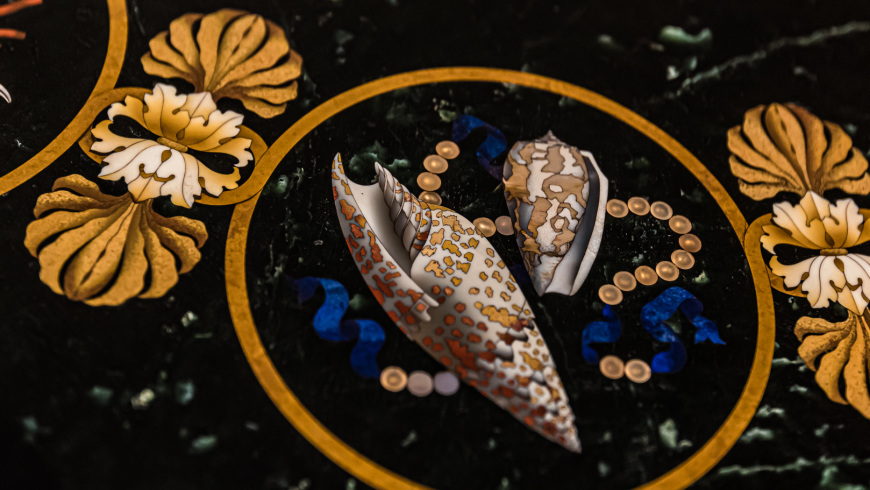
The Opificio delle Pietre Dure (Workshop of hard stones) is an extraordinary museum dedicated to semi-precious stone inlays. The Grand Duke Ferdinando I de’ Medici established in 1588 a court laboratory which remained active for down three centuries, was the core of the Opificio, established at the end of the 19th century, which still has its seat in the original location, chosen in 1798 for the laboratories formerly housed in the Uffizi. The Florentine production is today represented in this small museum that focuses only on this theme and offers therefore the opportunity of fully understanding this suggestive chapter of Florentine art. The collection is arranged by themes in chronological order till the Baroque time of the last member of the Medici family who died in 1737 when the dynasty was replaced by the Austrian Hapsburg-Lorraine family. The Lorraine period, which runs up to 1859, continued to foster the success of the laboratory, which produced several pictures in semi-precious stones to the design and models drawn by the painter Giuseppe Zocchi and destined to the Court of Vienna. The Opificio after the unification of Italy experienced a financial decline, although its artistic level continued to the very high. Its products were sold to bourgeois customers and comprised table tops, small objects, sculptures in semi-precious stones, all caracterised by an impeccable style and an extraordinary taste in the matching of colours. Looking at these works of art, and admiring their complex yet natural beauty, visitors often wonder how these works are created. These questions find an answer in the section dedicated to The Laboratory of Semi-Precious Stones that guides visitors through the complex procedure that leads to the creation of Florentine mosaics and inlays. The incredible marble table displayed by these artisans comprises hundreds of samples of precious stones. The table also represents models of drawings and graphs that have been specifically created to be reproduced with semi-precious stones. This section also offers a view of the 18th century working tables, rather ingenious yet functional, and of the tools used to carry out the different production stages.
via degli Alfani, 78 • 50121 Firenze • 0039 055 26511